The Himalayan chain harbors settlements which are so high above sea level, they literally exist in the center of clouds. Spread out on Nepali hills, Bhutan, Tibet, and northern India, these villages are a testament to the capacity of man to endure such high altitudes where air thins out and weather conditions shift on a whim.
The existence in these villages hinges on patterns dictated by time-honored traditions and whim of mountain life. From Tibetan monasteries precariously balanced on apparently impossible rock faces to farming villages coaxing crops out of mountain slopes literally carved into terraces, each village has a tale of survival and religious reverence for the world’s highest mountains.
Following are 20 Himalayan villages that truly live above the clouds.
Namche Bazaar
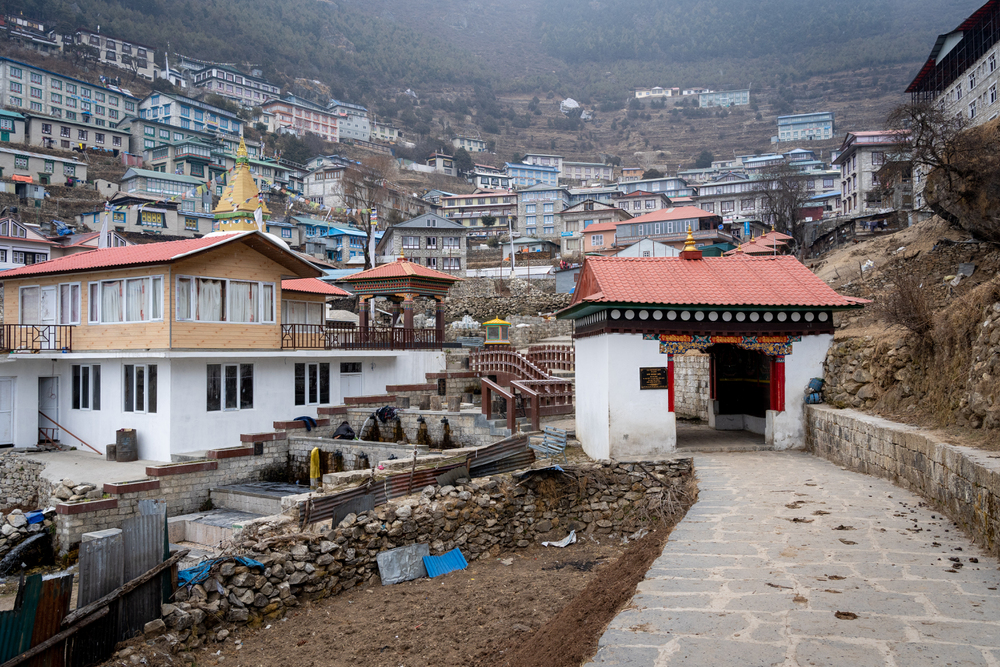
This Sherpa capital sits at 11,290 feet in Nepal’s Khumbu region, serving as the gateway to Mount Everest. The amphitheater-shaped village clings to a mountainside with houses built into terraced levels that seem to defy gravity.
Saturday markets bring traders from surrounding villages, creating a bustling atmosphere despite the thin air that leaves newcomers gasping for breath.
Rongbuk

Located at 16,732 feet in Tibet, this village claims the distinction of being the world’s highest settlement with permanent residents. The community primarily exists to support the renowned Rongbuk Monastery, which offers the closest views of Everest’s north face available to civilians.
Prayer flags flutter constantly in the fierce winds, while the monastery bells ring out across a landscape that feels more lunar than terrestrial.
Like Travel Pug’s content? Follow us on MSN.
Langtang Village
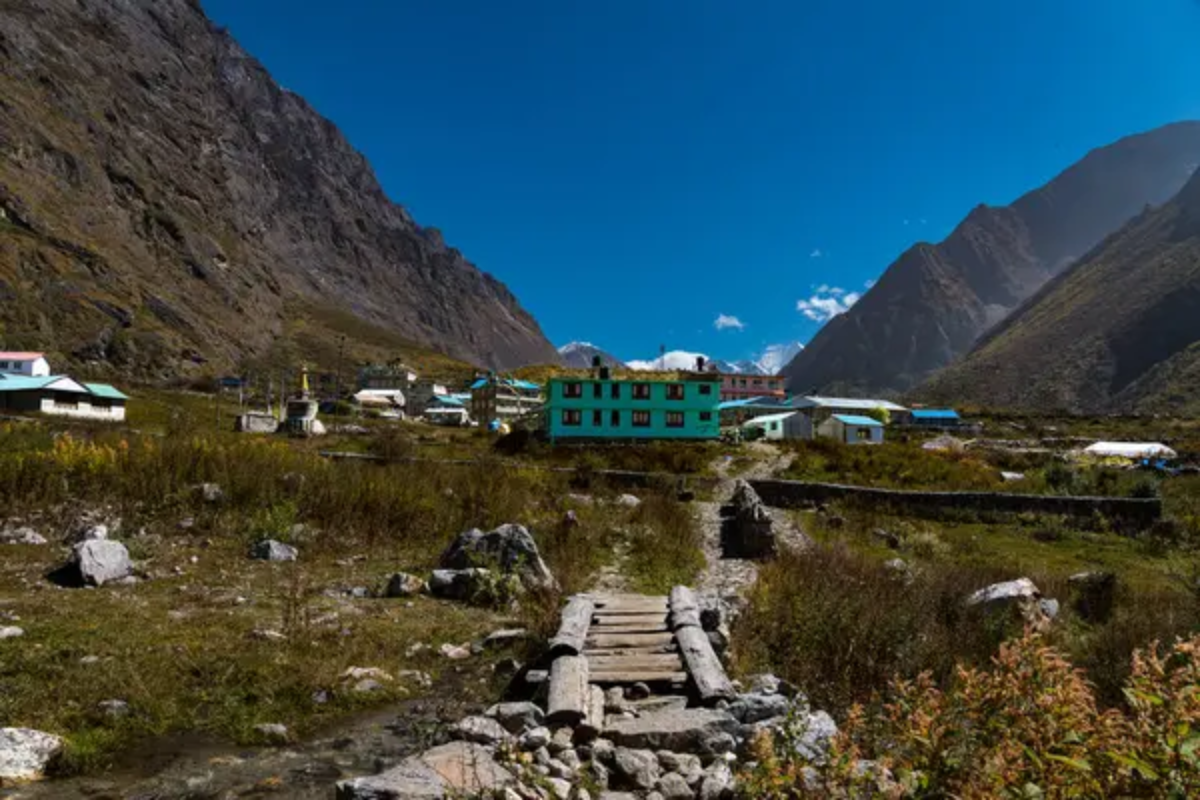
Nestled at 11,483 feet in Nepal’s Langtang Valley, this village tragically disappeared during the 2015 earthquake but has since been rebuilt by survivors determined to maintain their mountain heritage. The new settlement preserves traditional Tamang architecture while incorporating modern safety features learned through devastating experience.
Rhododendron forests surround the village, creating spectacular displays of color against the backdrop of snow-capped peaks.
Gokyo
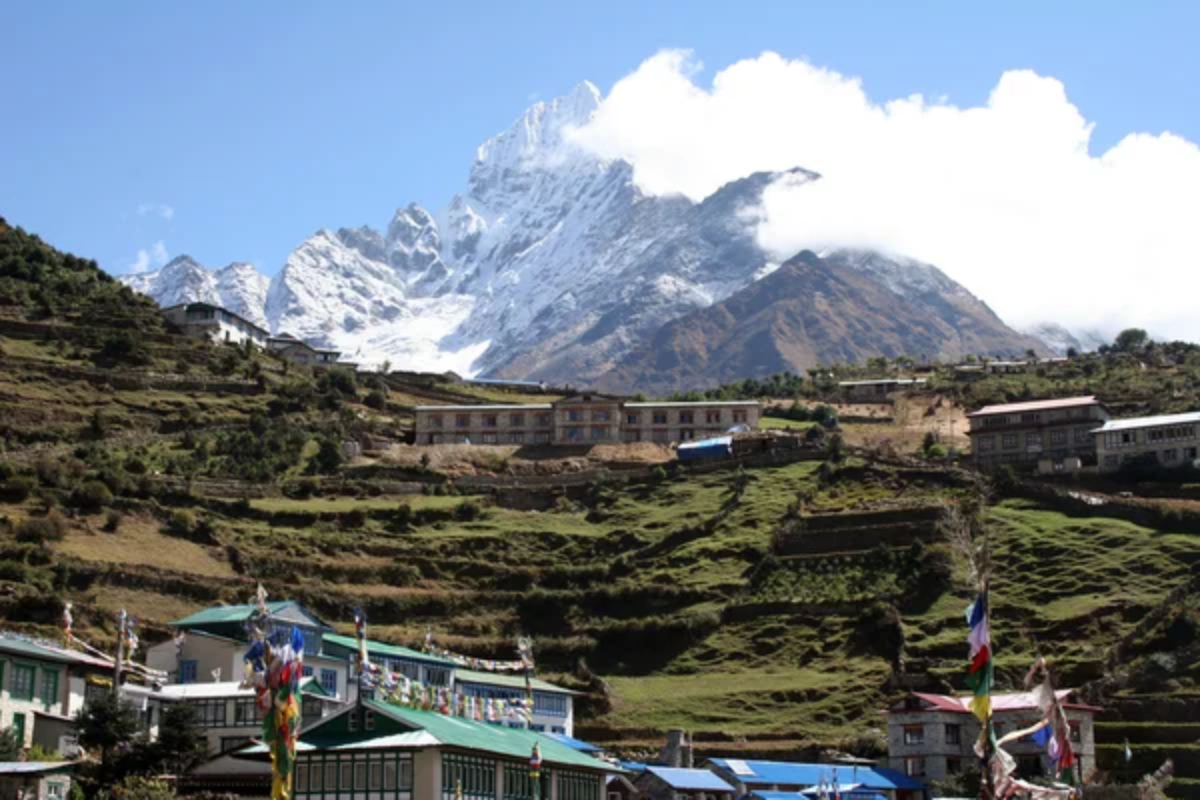
This small settlement, located at 15,583 feet in Nepal, serves as a base for trekkers heading to the famous Gokyo Lakes, while maintaining the character of a traditional Sherpa village. Stone houses with blue-painted window frames dot the landscape, while yaks graze on sparse vegetation that somehow survives at this extreme altitude.
The village offers some of the most spectacular mountain views in the Himalayas, with four peaks over 26,000 feet visible on clear days.
Muktinath

Perched at 12,467 feet in Nepal’s Mustang region, this sacred village attracts Hindu and Buddhist pilgrims from across the subcontinent. The settlement centers around an ancient temple complex where natural gas flames burn continuously, creating an otherworldly atmosphere.
Despite its religious significance, Muktinath retains the practical character of a mountain village where survival requires constant attention to weather and resources.
Like Travel Pug’s content? Follow us on MSN.
Leh
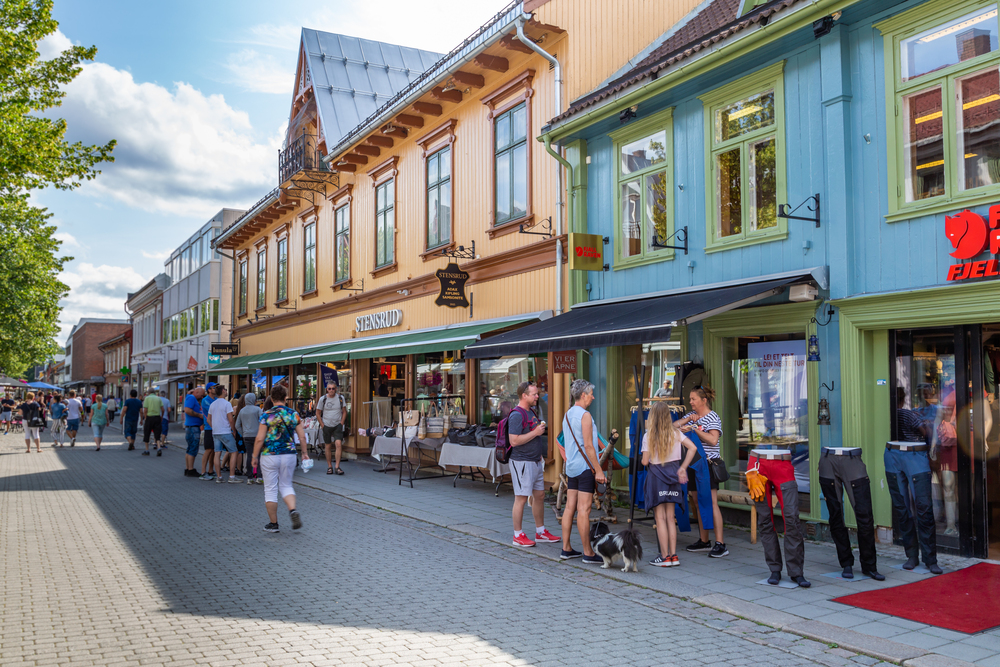
The former capital of Ladakh sits at 11,562 feet in the high desert landscape of northern India. Traditional flat-roofed houses cluster around the imposing Leh Palace, while Buddhist monasteries crown nearby hilltops like spiritual fortresses.
The village is situated in a rain shadow, which creates desert-like conditions despite being surrounded by some of the world’s highest peaks.
Jomsom

This administrative center in Nepal’s Mustang district is situated in a strategic location at 8,944 feet in the Kali Gandaki Gorge, the world’s deepest river valley. Fierce afternoon winds regularly sweep through the settlement, carrying sand and debris that give the place a perpetually weathered appearance.
The village serves as a crucial stop for trekkers and traders, maintaining its centuries-old role as a mountain crossroads.
Tingri
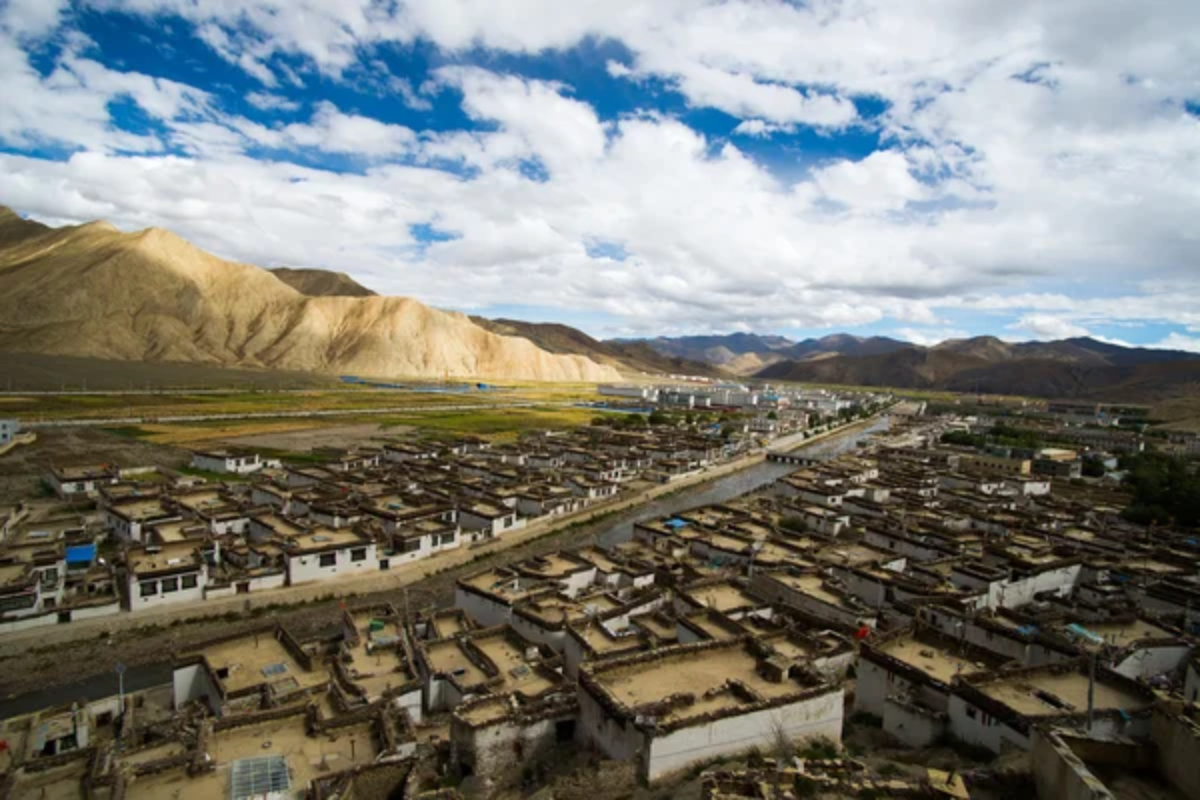
Located at 14,272 feet in Tibet, this village offers one of the most dramatic settings in the Himalayas with Mount Everest dominating the southern horizon. The settlement primarily exists to serve mountaineering expeditions, yet it retains the character of a traditional Tibetan farming community.
Barley fields stretch across the high plateau, demonstrating human ingenuity in coaxing crops from seemingly impossible terrain.
Like Travel Pug’s content? Follow us on MSN.
Manang

This ancient trading village sits at 11,519 feet in Nepal’s Annapurna region, surrounded by peaks that rise more than 20,000 feet above sea level. Traditional stone houses with flat roofs reflect centuries of adaptation to extreme mountain conditions, while prayer wheels and mani walls demonstrate the community’s deep Buddhist faith.
The village exists in a dramatic valley where glacial rivers carve through a landscape that changes color throughout the day.
Khunde
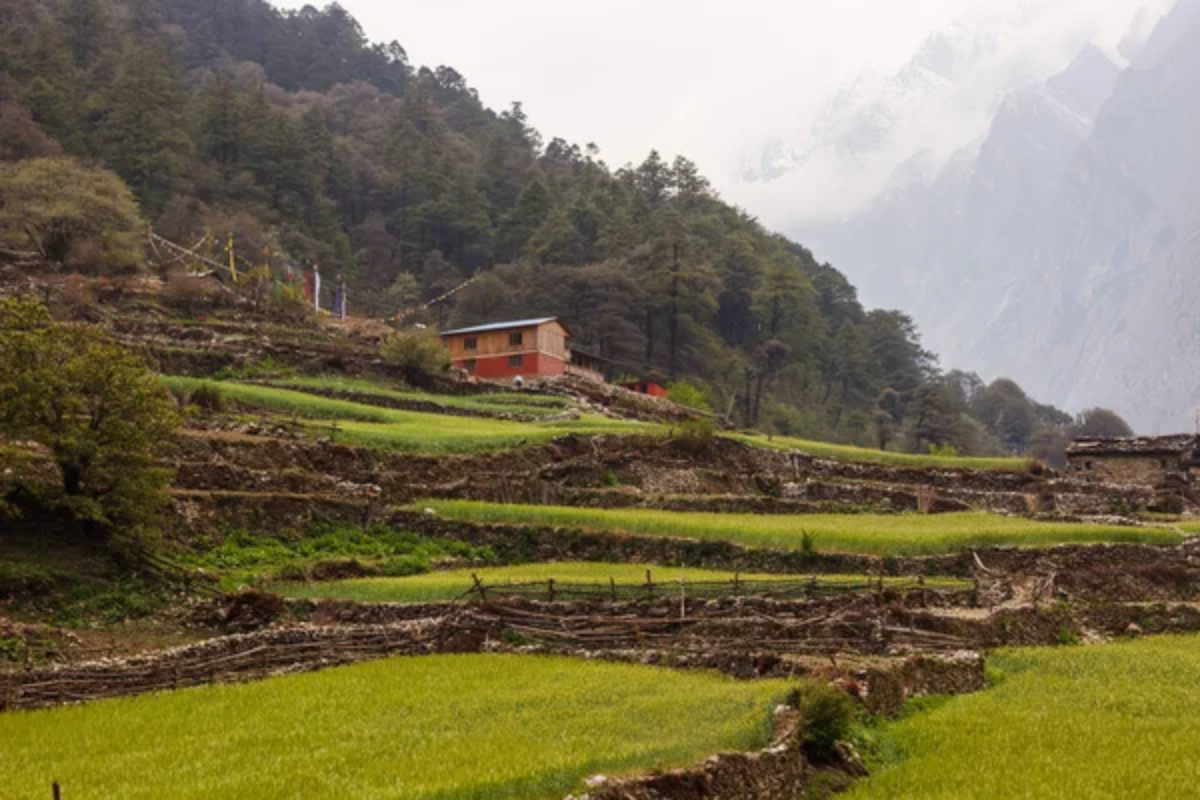
Perched at 12,602 feet near Namche Bazaar, this Sherpa village maintains a quieter, more traditional atmosphere than its famous neighbor. The settlement clusters around a small gompa where morning prayers echo across terraced potato fields that represent some of the world’s highest agriculture.
Sir Edmund Hillary helped establish a hospital here in the 1960s, creating a lasting connection between the village and the history of international mountaineering.
Lo Manthang
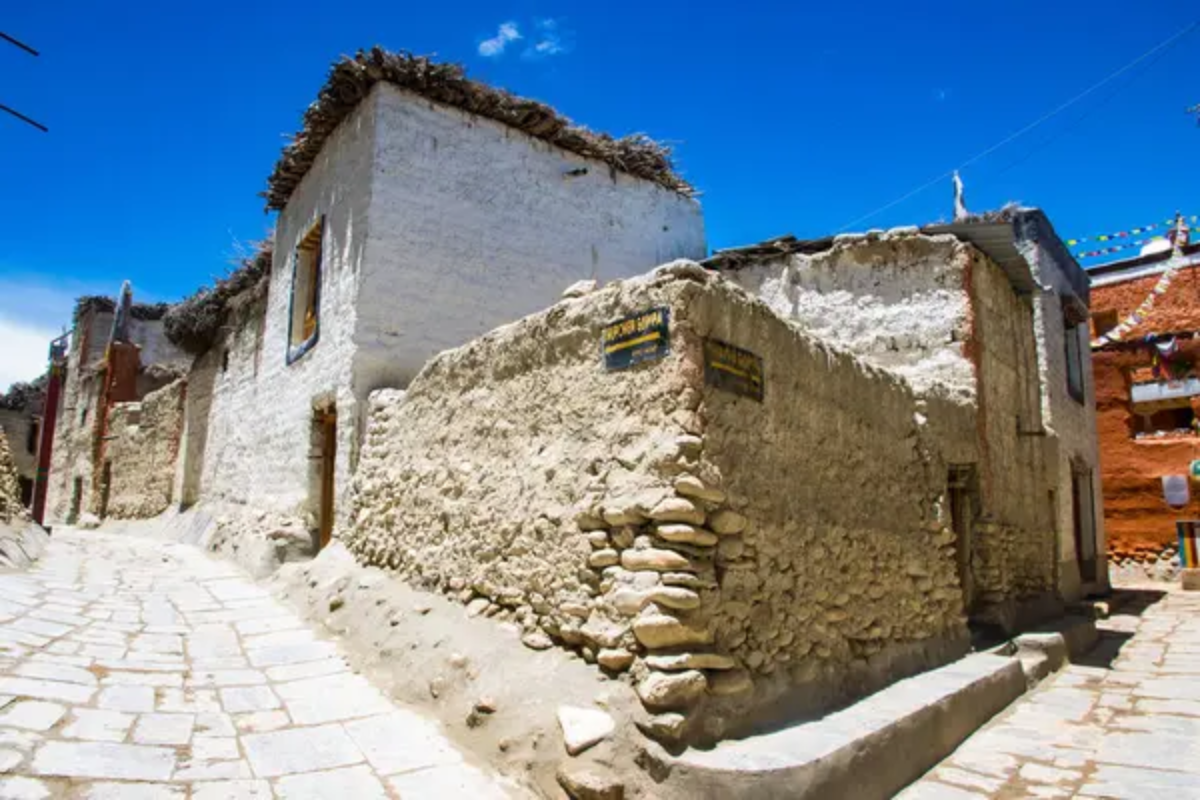
The walled capital of Upper Mustang sits at 12,467 feet in a landscape that resembles Tibet more than typical Nepal. Medieval walls enclose traditional buildings that seem frozen in time, while the surrounding desert creates an almost surreal contrast to the snow-capped peaks visible in the distance.
The village maintains restrictions on visitors, preserving its ancient character and Tibetan Buddhist culture.
Like Travel Pug’s content? Follow us on MSN.
Tashigang
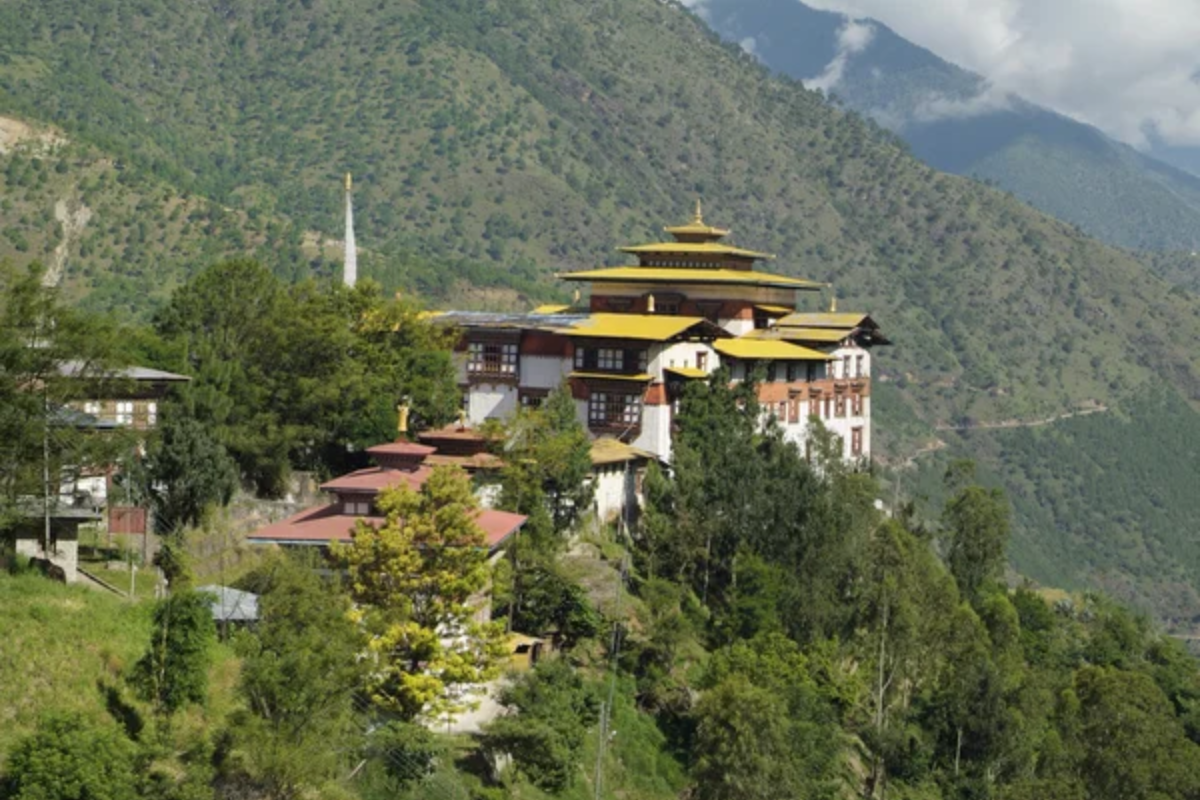
This remote village in Bhutan exists at 11,811 feet in a valley so isolated that traditional ways of life continue virtually unchanged. Farmhouses built from local stone and timber dot terraced fields where barley and potatoes grow despite the challenging altitude.
The community maintains strong connections to nearby monasteries, with religious festivals marking the rhythm of village life throughout the year.
Thyangboche

Home to the famous Thyangboche Monastery at 12,687 feet, this Nepal village serves as a spiritual center for the Khumbu region. The monastery is situated on a ridge offering panoramic views of Everest, Lhotse, and Ama Dablam, making it one of the most photographed settings in the Himalayas.
Village life revolves around the monastery schedule, with morning prayers beginning before dawn and evening ceremonies continuing after sunset.
Ghami
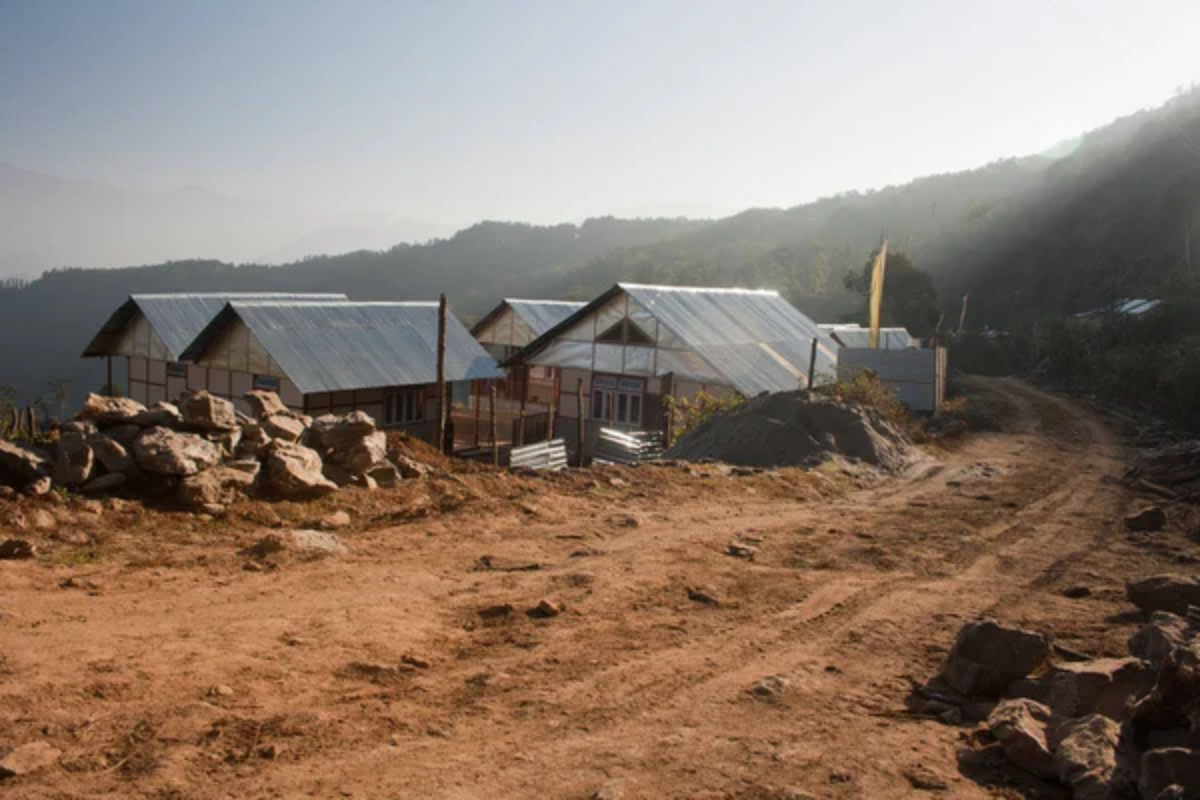
Located at 11,647 feet in Nepal’s Upper Mustang, this village features one of the longest mani walls in the world, stretching nearly half a mile through the settlement. Traditional houses built from local stone blend seamlessly into the desert landscape, while ancient irrigation systems demonstrate centuries of expertise in water management.
The village maintains its role as a trading post despite modern transportation making traditional caravan routes obsolete.
Like Travel Pug’s content? Follow us on MSN.
Dzongla
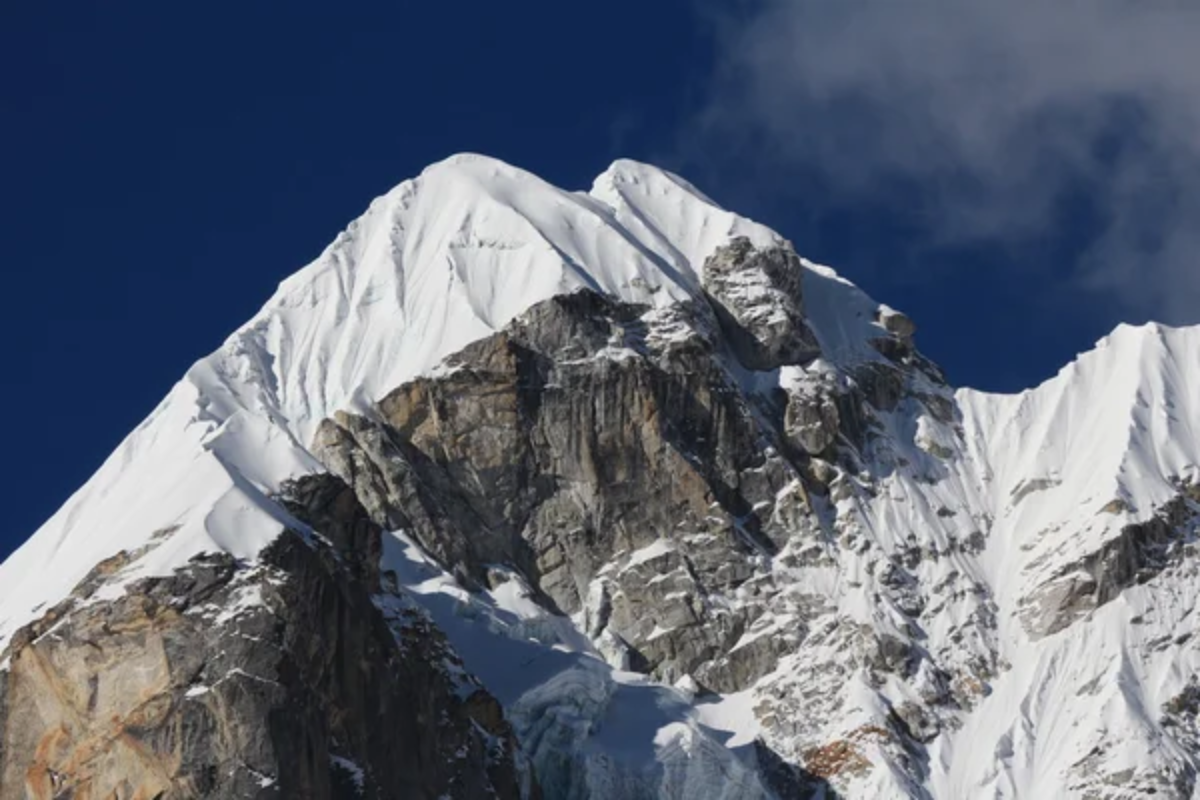
This tiny settlement at 15,939 feet in Nepal serves primarily as a base camp for trekkers heading to Cho La Pass, yet it maintains the character of a genuine mountain village. Stone shelters provide refuge from fierce winds that regularly sweep across the high valley, while yak herders continue traditional practices that have sustained life here for generations.
The village offers some of the most dramatic close-up views of Cholatse and other major peaks.
Charang
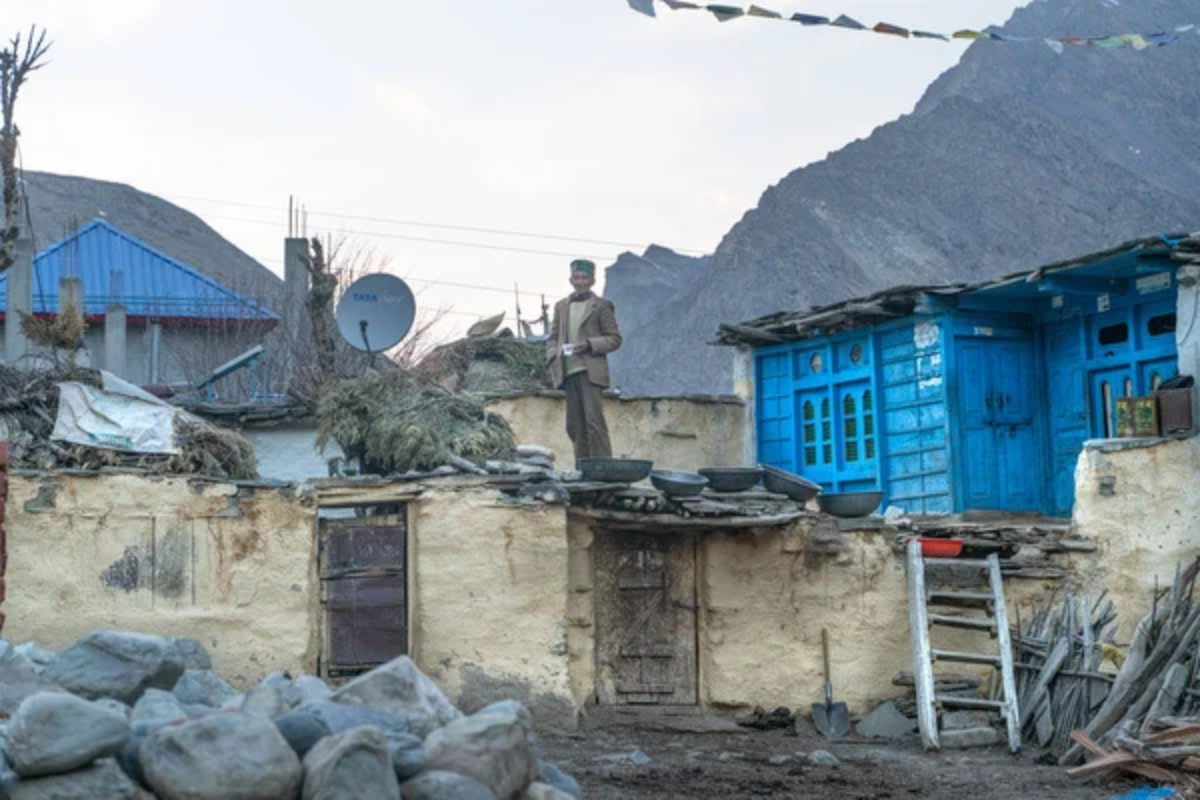
Situated at 11,647 feet in Nepal’s Upper Mustang, this ancient village centers around a spectacular monastery complex that seems to grow directly from the cliff face. Traditional houses cluster beneath the monastery, connected by narrow paths that wind through the settlement like a three-dimensional maze.
The village retains a medieval character, despite the influence of modern times, with traditional crafts and religious practices continuing as they have for centuries.
Dingboche

This Sherpa village, located at 14,469 feet in Nepal, represents one of the highest permanent settlements in the Everest region. Stone walls create an intricate pattern across the landscape, protecting barley fields from yaks and providing windbreaks in the harsh environment.
The village serves as an acclimatization stop for Everest trekkers, yet it maintains its agricultural character with families still growing crops at this extreme altitude.
Like Travel Pug’s content? Follow us on MSN.
Phuktal
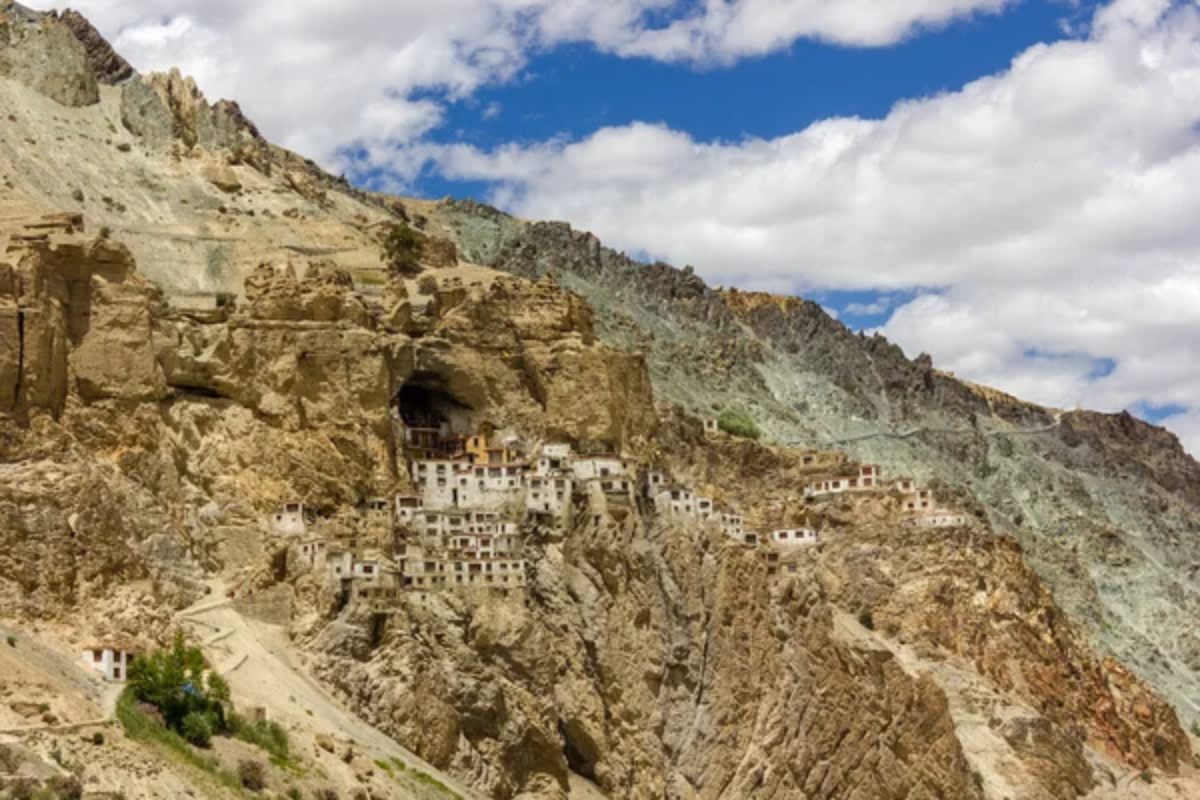
Built around a cave monastery that seems to defy gravity, this village in India’s Zanskar region exists at 12,303 feet in one of the most remote corners of the Himalayas. The settlement appears to grow organically from the cliff face, with buildings stacked on top of each other in an architectural feat that has lasted for centuries.
Access requires a multi-day trek through terrain that remains unchanged since ancient times.
Gumba Lungta
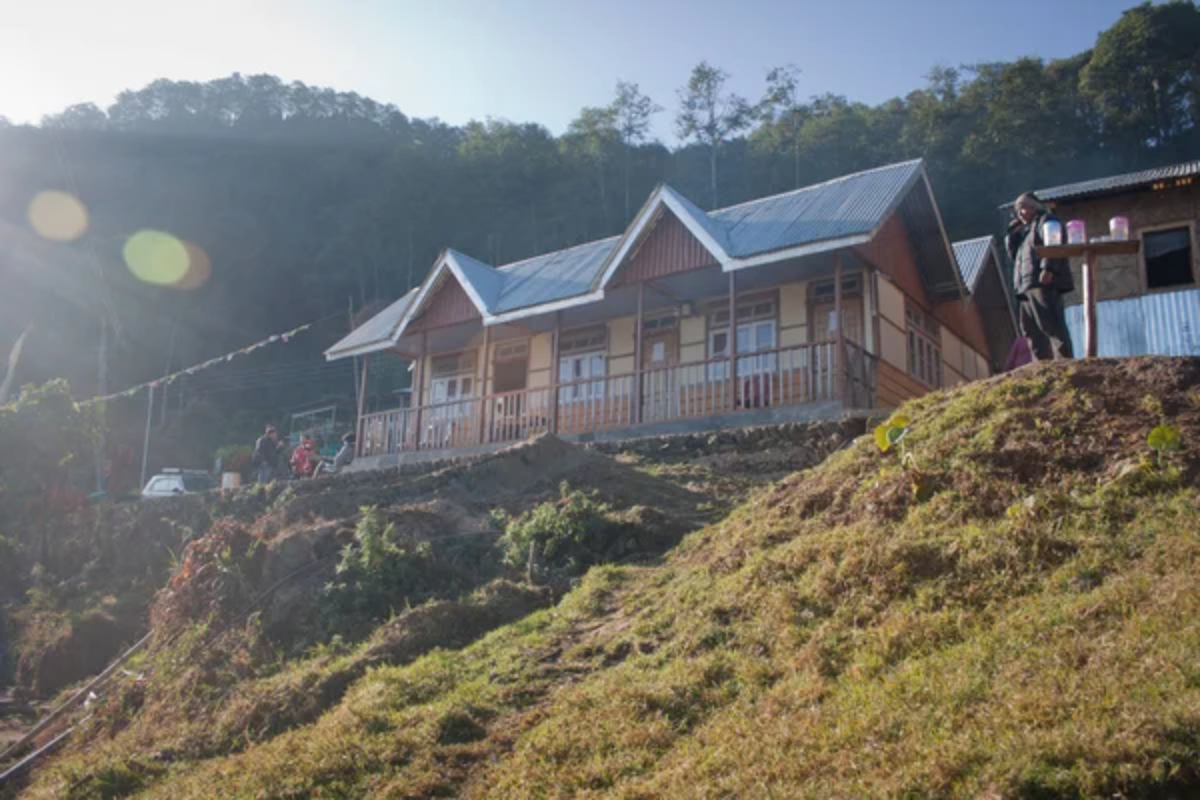
This remote village in Tibet sits at 14,764 feet in a valley so isolated that it receives visitors only during the brief summer months. Traditional houses built from local materials blend with the rocky landscape, while prayer flags mark sacred sites throughout the settlement.
The community maintains traditional practices, including sky burial ceremonies that connect residents to ancient Tibetan customs.
Komic
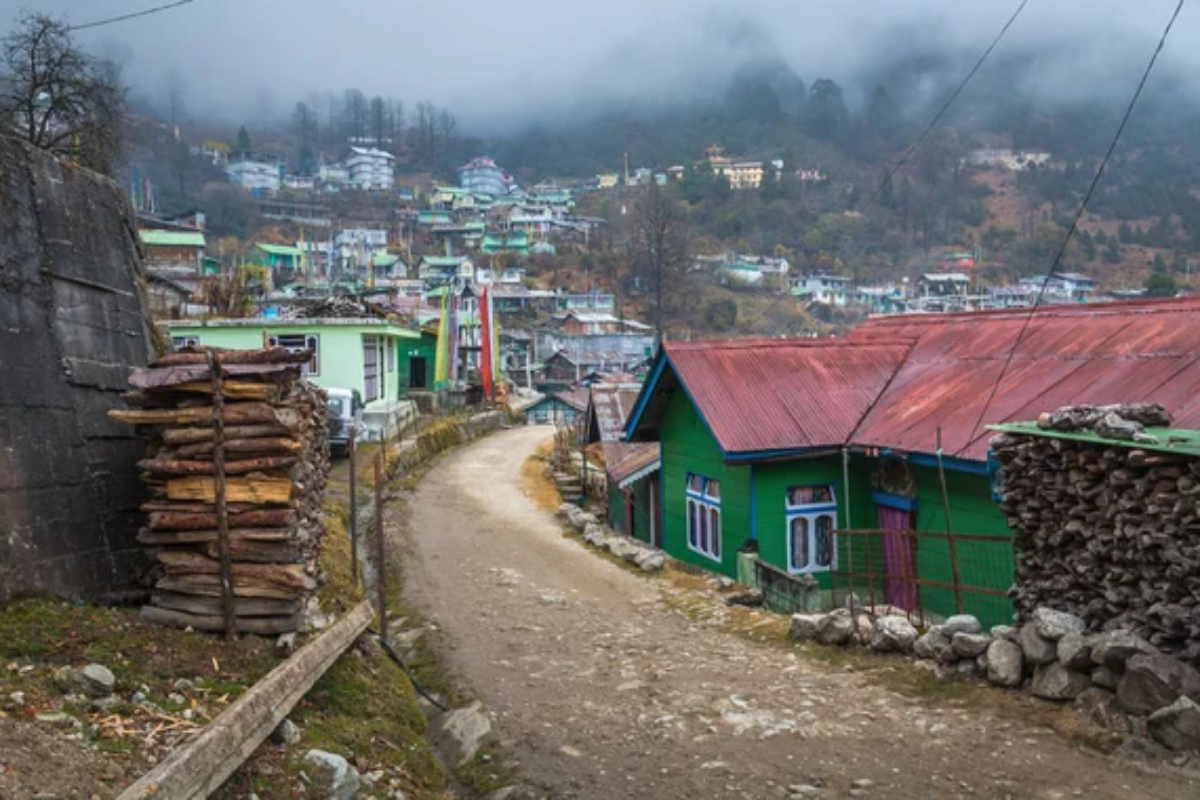
Located at 15,027 feet in India’s Spiti Valley, this village holds the distinction of being the world’s highest motorable village. Despite its road access, the settlement maintains its traditional character, featuring mud-brick houses and terraced fields that demonstrate remarkable agricultural adaptation.
The village monastery sits on a hilltop overlooking the settlement, its white walls standing out dramatically against the brown mountain landscape.
Like Travel Pug’s content? Follow us on MSN.
Where Earth Touches Heaven
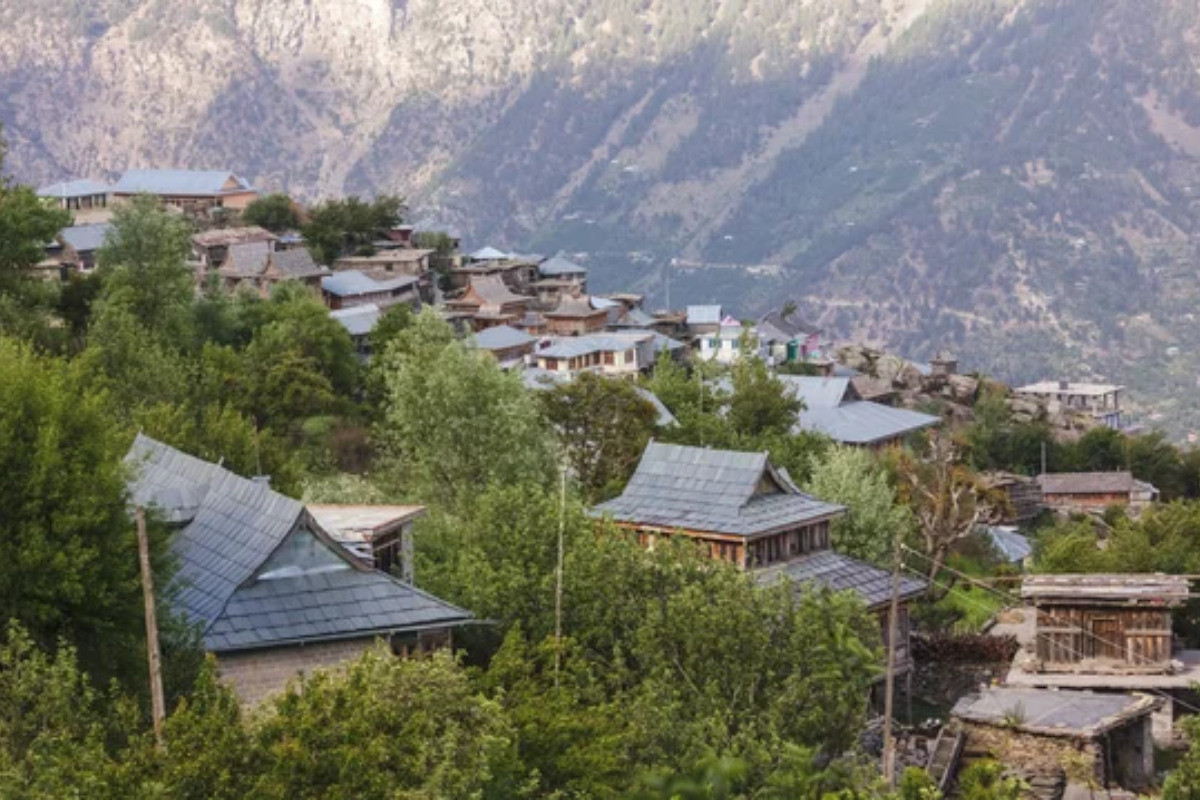
These Himalayan towns are man’s final accommodation to high-altitude living, preserving lifeways that are directly linked to mountain people’s spirituality and practical experience. Each village illustrates how humans may thrive in conditions that challenge every aspect of man’s survival, from the thin air that makes mundane tasks Herculean tasks to weather patterns that can shift suddenly from radiant sunshine to potentially lethal storms.
The inhabitants of such cloud-top cities possess cultural traditions and religious practices forged through centuries of close contact with the earth’s highest mountain ranges. They are a reminder that human society has the capacity to flourish in places where the demarcation line between earth and heaven no longer applies, creating cultures both earthily rooted and naturally prone to the infinite.
More from Travel Pug

- 20 Best Beach Towns in the Carolinas
- 13 Destinations Where Tourists Regularly Regret Their Trip
- 20 Destinations That Are More Magical Without an Itinerary
- 20 Underrated Adventures That Belong on Your Travel List
- 20 Cities Where You Should Just Wing It, No Planning Required
Like Travel Pug’s content? Follow us on MSN.
